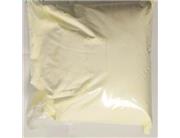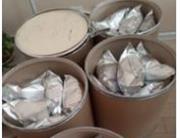Contact Information:
Qingdao Trust Agri Chemical Co.,Ltd
Quick contact : wechat/whatsAPP 008613645321522 tom@qdtrustagri.com
QQ/TIM:1493571842
| Common name | Bacillus Thuringiensis |
| CAS | 68038-71-1 |
| Structural formula | C22H32N5O16P |
| Bacillus Thuringiensis subsp | Kurstaki has been a widely used microbial insecticide in China, which has satisfied effectsagainst pests on crops, forests, fruits and vegetables. The product from our company is manufactured from high toxic natural strains with unique fermentation processes. It was certificated as “Organic Products” by China Organic Food Certification Center ( No.:COFCC-R-0903-0059) and strongly recommended by the National Agro-Tech Extension and Service Center (NATESC). Due to its low toxic to animals and being eco friendly to environment, they are widely used in the non-pollution vegetables. |
| Target Pests | Lepidoptera pests on the crops and forests, such as diamond-back moth, cabbage butterfly, cotton bollworm, oriental tobacco budworm, rice skipper butterfly, corn borer, rice stem borer, American white moth, poplar notodontidae, pine caterpillars, and other important pests. |
Product Introduction :
Btk is a naturally occurring soil bacteria ideal for controlling tent caterpillars, gypsy moth, cabbage looper, tomato hornworm and other leaf eating caterpillars on trees, shrubs, tomatoes and other vegetables. Bt-k is most effective when applied to caterpillars during their 1st and 2nd instars, when they are still small. It must be ingested by the insect, as it is a stomach toxin. Harmless to humans, animals and beneficial insects. Bt-k biodegrades quickly in sunlight and may require reapplication under heavy insect pressure. To maximize effectiveness apply in the late afternoon. Several vendors offer Bacillus thuringiensis kurstaki that is approved or use in organic production.
Advantages of Btk:
Caterpillars that become ill or die after ingesting Btk are not considered dangerous to birds or other animals that feed on them.
In general, sunlight and other microbes destroy Btk applied to foliage within three to five days, so Btk does not multiply or accumulate in the environment.
Perhaps most importantly, Btk does not appear to pose any significant threat to human health or to pets. Btk is often sprayed over large areas from planes or helicopters in formal gypsy moth control programs over large areas but commercial applicators or homeowners can apply Btk effectively to individual trees from the ground.
Mode of Action:
When Btk is ingested by a susceptible caterpillar, the highly alkaline environment of the caterpillar’s gut triggers the Btk bacterium to release a crystalline protein called an “endotoxin” that poisons the insect’s digestive system. The endotoxin acts by killing cells and dissolving holes in the lining of the insect’s gut. When a mixture of food, Btk spores, and digestive juices leaks through these holes into the insect’s blood, it causes a general infection that kills the caterpillar.
Quick contact : wechat/whatsAPP 008613645321522 tom@qdtrustagri.com
QQ/TIM:1493571842



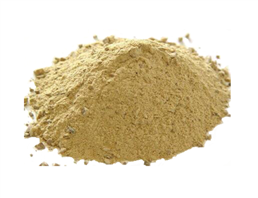
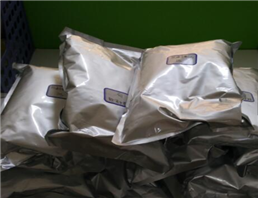
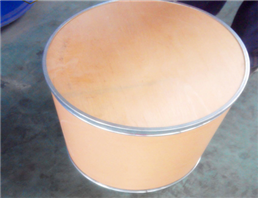

 China
China